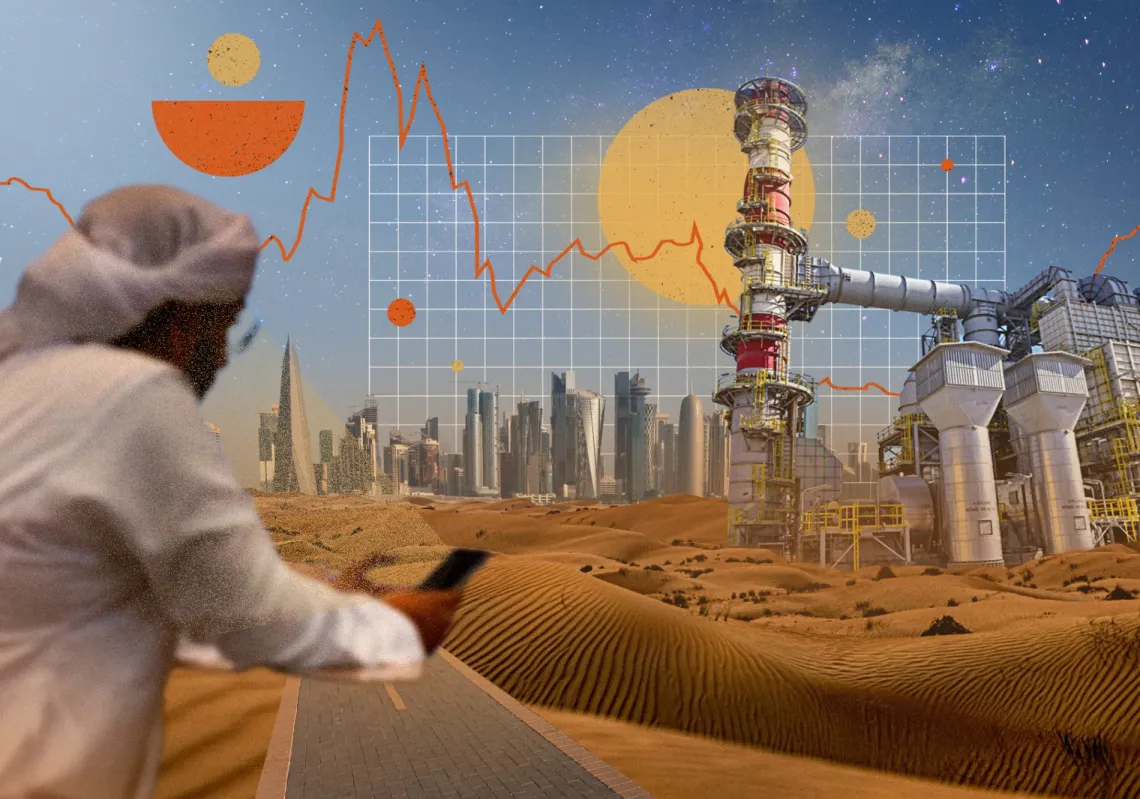Every summer, central bankers from around the world converge on a beautiful lakeside retreat in Wyoming called Jackson’s Hole. It has great fly fishing.
There for the three-day get-together are top economists from the likes of the Federal Reserve, policymakers, and central bank governors. Analysts and investors keep an eye on it, not least to work out which direction interest rates may be going.
Big decisions are often delayed until after the jamboree, which is likened to a central banker’s compass, but it seems this year that investors did not have the nerve to wait. Nor, it seems, could they wait for the upcoming Federal Reserve (aka ‘The Fed) meeting in September.
It was enough for the Japanese central bank to raise the interest rate by a quarter of a percentage point last week for the Tokyo Stock Exchange to wake up to a sharp drop, plummeting to its lowest level in 37 years.
That spooked other markets, whose jitters were compounded when an alarming US jobs report sparked panic through US and global financial markets. Cue anything from soft declines to collapses amid stock selloffs, particularly in tech and cryptocurrencies.
Diving then climbing
In the storm that raged from Japan and the Far East to the US, there was a notable shift to bonds, seen as a safe haven. US stocks lost $2tn in seven hours, $570bn evaporated from Japanese markets, and cryptocurrencies lost $367bn.

But the markets rebounded the next day, recovering most of their losses. After a couple of rough trading sessions, the screens had started to turn green again.
Still, this ‘storm in a Japanese teacup’ served to illustrate the fragility of the global economy and of investors’ confidence, which is likely to be a big discussion point at the upcoming Federal Reserve meetings.















